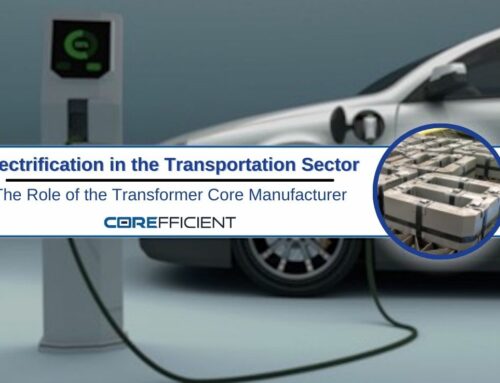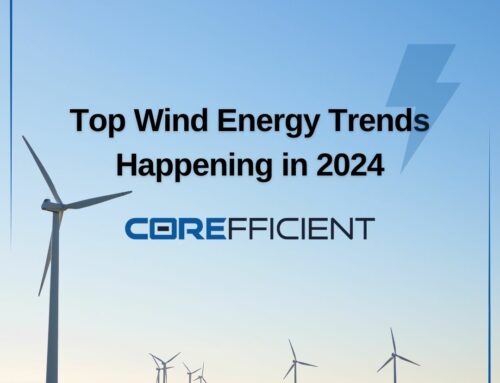
Amidst the great technological leaps, the .com revolution, smartphones, and self-driving cars, a steady progression of smaller technological advances constantly transforms our world. Like water dripping on stone, these endless micro-transformations end up having as important an impact on our world as the colossal moments of sudden change.

Take renewable energy for example. The original breakthrough moments in wind and solar technology have given way to smaller innovations that will ultimately create a truly decentralized and futuristic system of energy production. An example of one such “smaller” development is solar roof shingles. Unlike panels, shingles cover all the available area of a roof, all without harming the aesthetic quality of the building. Another example is the sale of personal wind turbines to power private residences. Both are examples of taking existing technological equipment and incrementally improving it to make it mainstream.
Much the same process is occurring with electrical transformers. At one time revolutionary, transformers have now settled into a period of incremental advances. However, these advances aggregated on top of each will ultimately have as big of an impact as transformers themselves did in their early days.
There are many reasons why we should care about transformer design in the future. The energy grid at-large is quickly changing. Data centers, bi-directional electricity flow, and decentralization are all catalysts for transformer technology alterations. Furthermore, the world is moving away from fossil fuels and towards renewable energy. The success of all these movements largely depends on the success of energy-efficient transformer core technology.
What specifically will transformers need to take on in the future? There are many adaptations that they must undergo. They will have to be bigger than ever before to manage the electrical output of new age nuclear reactors. Other transformers will be moving the opposite direction, as smaller transformers will be needed to fit in the locomotives of green rail lines or in charging stations for cars and trucks. There are also specific requirements for future subsea transformers and maybe, most importantly, the transformers that will work alongside renewable energy and the batteries being developed to store green energy.

At the center of much transformer technology are the energy efficient transformer cores. Everything from materials to design and final use must be considered when making these cores. Fortunately, as transformers work to adapt themselves to the new sustainable technologies, new synergies are created that improve all transformers. To cite a previous example of transformers placed on the ocean floor, new energy efficient transformer cores are being developed that don´t need maintenance so that they can be installed in this type of underwater transformer. These new core designs propelled by the need for better underwater transformers will eventually reduce the maintenance needed on cores everywhere.
At Corefficient, we are proud to be part of this new progress towards green energy. We seek to be providers for the growing green energy market by saving energy through energy-efficient transformer core design that meets all conservation standards while providing optimal operation tailored for each individual circumstance.
More about Corefficient — Part of the National Material L.P. family of companies, Corefficient specializes in the fields of core engineering, transformer core design, magnetic core expertise, cold rolled steel, grain oriented steel, electrical steel, and – most importantly – customer service.
Contact Corefficient’s sales engineer today at: 1 (704) 236-2510.





